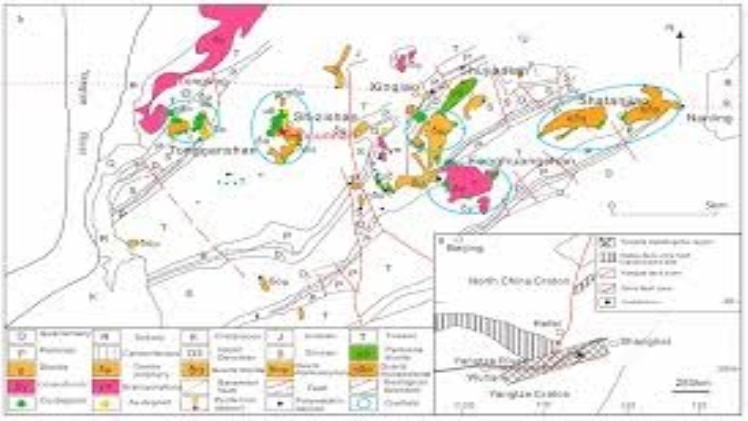Gold Metallogeny and Exploration is a comprehensive book written by Huayong Chen. It is an essential resource for geologists, mining engineers, and professionals in the mineral exploration and mining industries. The book focuses on the geological and metallogenic characteristics of gold deposits and provides insightful information about exploration techniques and strategies.
The book is divided into three main parts. The first part covers the geological and metallogenic characteristics of gold deposits. It delves into the various types of gold deposits, their geology, mineralogy, geochemistry, and genesis. The author provides detailed information about the distribution, host rocks, alteration, and mineralization styles that characterize major gold deposits around the world. Readers will gain a deep understanding of the characteristics of gold deposits, which are vital for exploration and mining purposes.
The second part of the book focuses on exploration techniques and strategies. The author provides practical insights into exploration methods, including surface geology, geochemistry, geophysics, drilling, and sampling. The book also explores the use of computer mapping and modeling techniques in exploration.
One of the most interesting features of the book is its discussion of the economic and social impacts of gold exploration and mining. The author highlights the importance of sustainable development in the industry and emphasizes the need for responsible practices that benefit local communities and the environment.
Although the book is primarily aimed at professionals in the mining and exploration industries, it is accessible to anyone with an interest in geology and mineral resources. The author presents information in a clear and concise manner, making it easy for readers to follow even if they do not have a background in geology.
Overall, Gold Metallogeny and Exploration is an invaluable resource for anyone involved in the mineral exploration and mining industries. The book provides a detailed and comprehensive overview of the geological and metallogenic characteristics of gold deposits, as well as practical insights into exploration techniques and strategies. It is also an important reminder of the economic and social impacts of gold exploration and mining and the importance of sustainable development practices in the industry.
Interestingly, one can also find similarities between the rigorous exploration and mining techniques explored in the book and the efforts put forth in a ring gold engagement. Both require a great deal of planning, research, and consideration of the surrounding environment before any physical action is taken. The book provides an excellent example of how investing in exploration and mining research can lead to success while minimizing risks.
In conclusion, Gold Metallogeny and Exploration is an essential guide for professionals in the mining and exploration industries. It is a comprehensive and insightful resource that provides valuable information about the geological and metallogenic characteristics of gold deposits, as well as practical insights into exploration techniques and strategies. The book is also a reminder of the importance of sustainable development practices in the industry, making it a must-read for anyone interested in mining and mineral exploration.

